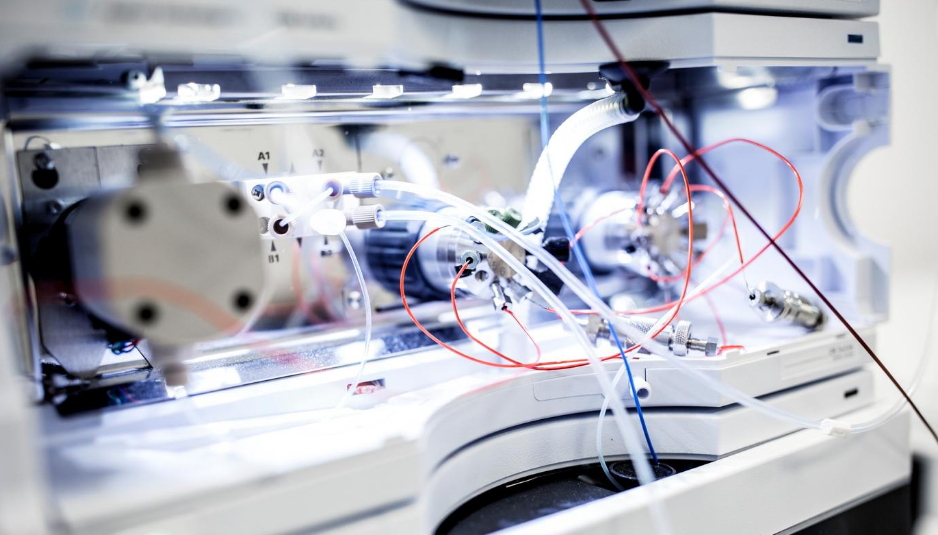Choosing a detector for your preparative chromatography set up can be overwhelming in a crowded market. So here are some factors to take into account when looking for a detector to suit your laboratory's needs:
1. Light Source: this is one of the first things to consider. Where you illumination comes from will directly impact the experimental outcome in several ways. For example:
- The power available at specific wavelengths. There is a direct relationship between power and absorbance, where the second increases with the first. Higher absorbance translates into lower limits of detection (LOD) and quantitation (LOQ), offering analysis of samples with negligible analyte concentrations. Having a detector that provides high power at every wavelength is essential for most applications.
- Lamp longevity is a preeminent concern in laboratories. Much time and energy is spent replacing and requalifying lamps. A procedure that must be done with some regularity and with much care. Proper handling and disposal of lamps is costly but crucial. In addition, it is known that lamp output decreases significantly over time, threatening experimental accuracy.
2. Flow cells can directly impact the level of signal sensitivity, sample dispersion, and response obtained in HPLC separations. Detector’s manufacturers will typically advise and provide several flow cell options. These are some relevant factors to take into account when selecting one:
- Materials: PEEK or stainless are the most common and choosing either one can be based on the pH levels of the application.
- Flow cell volume: The ideal cell volume lays at the intersection between sample dispersion and sensitivity. The peak volume of the separated sample will be one of the best determinants for the best choice of cell. Keeping in mind the general rule that a flow cell volume should be no larger than 10% of the peak volume and ideally ~ 2.5% (a 1:40 ratio), a combination of these factors will provide appropriate insights for a great selection.
- Flow cell path length: According to Beer-Lambert Law, the flow cell’s path length will directly affect the intensity of light reaching the detector. Longer path lengths allow for more light intensity to pass through, which in return can allow for greater sensitivity at the same sample volume. This is especially relevant to consider during method development, as greater absorption will increase sample peak response. Ultimately, flow cell path lengths are application specific.
3. Software: reliable software support can be one of the breaking points for the time needed between getting your new chromatography detector to having a fully functioning system
4. Where you are in your preparative chromatography process. This is arguably the most important step in the discussion as it will dictate what your laboratory’s priorities are. Detectors range from DADs that allow for a deep analysis with a broad spectrum of all wavelengths, to multi-channel solid-state hybrid models, to UV VIS with one set wavelength.
-
- If you have not developed your method yet a DAD might be the best option, as taking advantage of the broad spectrum of wavelengths allows you to optimize your separation conditions.
- However, if your method is already developed and your goal is to scale up your process, a hybrid model can the best option. Solid state hybrid models are usually found with a range of 4 to 6 channels read simultaneously, which still provides deep analysis for Qualify Control (QC) improvements, but overcomes the financial barrier posed by DADs.
These are some of the factors that will help you make an informed decision when choosing a preparative HPLC detector. Don’t forget to subscribe to our blog for more information on HPLC detectors, troubleshooting, and innovation in chromatography.

Related content:

